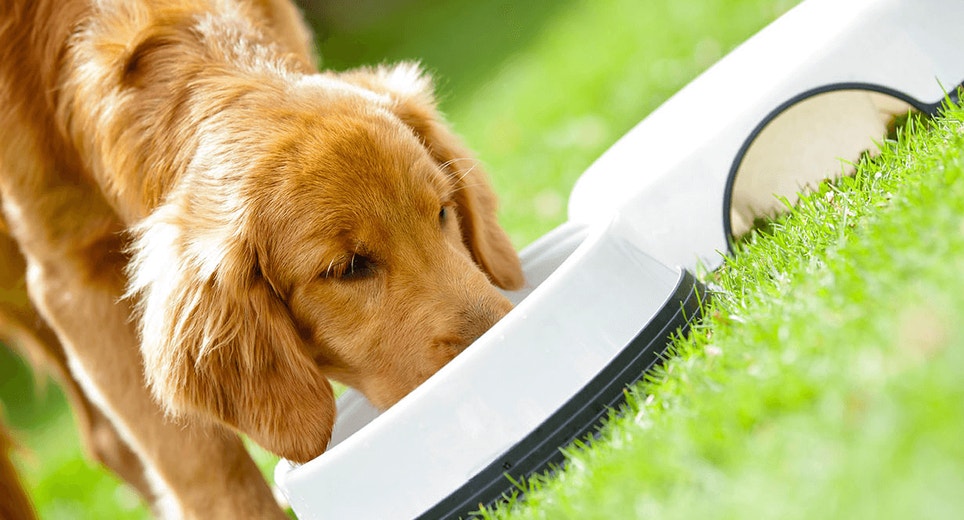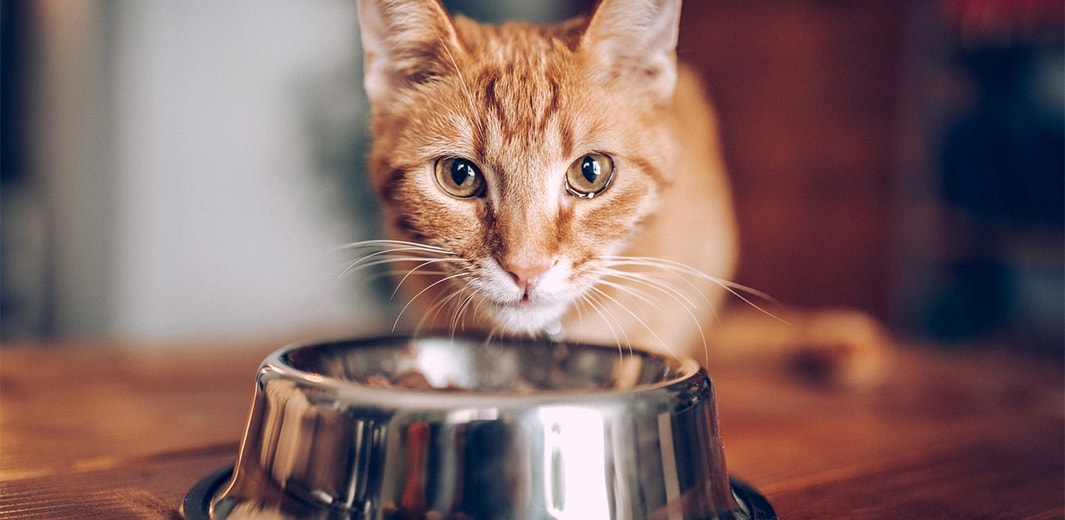
Feeding Guidelines for Your Cat
How can you make sure you’re feeding your cat the right food at the right time and in the right quantities? If you’re choosing a new cat food, deciding on a feeding schedule, concerned about a food-related health condition or wondering about supplements or treats, check out our feeding guidelines for cats.
How Do I Pick Which Food to Feed My Cat?
Your cat’s life stage, lifestyle and condition are all important factors to have in mind when choosing which pet food is right for them.
- Life stage refers to their age: Is your pet a kitten , an adult or a senior cat ?
- Lifestyle is more about how active your cat normally is.
- Condition concerns their overall health and body weight.
Each cat is unique and will have different nutritional needs. Choosing the best food for your cat can help support their health and well-being.
How Often Should I Feed My Cat?
While they may have their own opinions on the matter, it’s important for you to set your cat’s feeding schedule. After weaning at 3 to 6 weeks old, kittens should be fed three times a day until they are 4 months of age. After four months, transition to feeding twice a day. Most cats should continue to be fed twice a day throughout their life, although some pets do well with just one daily feeding.
How Much Should I Feed My Cat?
The perfect amount to feed your cat will depend on their particular needs, but the feeding guidelines listed on the food label are a great place to start. All IAMS™ packages include guidelines that list the recommended portion size for daily feeding. Divide that amount into smaller servings according to your cat’s feeding schedule.
How Do I Introduce My Cat to a New Food?
There are lots of reasons to introduce your cat to a new food. One of the most common is to help your cat reach and maintain a healthy weight. When changing your cat’s diet, it’s important to introduce the new food slowly. Start by offering your cat a ratio of 25% new food to 75% current food at mealtime. Over the next three days, transition to the new food by gradually increasing the amount of new food and decreasing the amount of current food.
Should I Give My Cat Wet and Dry Food?
While it’s not necessary to offer wet food at every feeding, it does make an excellent treat! IAMS™ wet cat foods are nutritionally complete and balanced, whether as a tasty mix-in with dry food or a stand-alone entree. IAMS™ dry foods are formulated with high-quality protein sources like chicken or salmon and contain all the essential nutrients cats need. The crunchy texture of dry food also promotes healthy teeth and gums and supports good overall oral hygiene.

Will My Cat Be Bored Eating the Same Food All the Time?
No — boredom with food is a human trait. Cats are creatures of habit and usually are content with just one food that meets their energy and nutritional needs. They have very short digestive systems, so changing feline diets abruptly or frequently can cause digestive disturbances. Constant dietary changes may also have an unintended side effect: making your pet a finicky eater.
Can I Add Water to My Cat’s Dry Food?
Adding water won’t change the nutritional value of dry cat food, but it may reduce other benefits. Feeding your cat dry food is usually encouraged to support your cat’s dental health, and moistening dry cat food can reduce dry food’s dental health benefits. Once moisture is added the food, it should be eaten relatively soon, and any uneaten portion should be discarded to avoid spoilage.
Will Eating Cat Food Hurt My Dog? Could Eating Dog Food Hurt My Cat?
Cats and dogs have different nutritional requirements and should not eat each other’s food. Cats, for example, require a much higher level of taurine in their diet than dogs do, so their food is formulated to meet that need. An occasional venture into each other’s bowls won’t be harmful but is not recommended on a regular basis.
Should I Supplement IAMS™ Pet Foods with Vitamins, Minerals or Oils?
One of the benefits of feeding your cat a high-quality product is that it has already been carefully balanced in proper ratios to provide optimal nutrition. That means nothing needs to be added! Our foods are nutritionally complete and balanced, so adding vitamins, minerals or oils could offset that balance.




